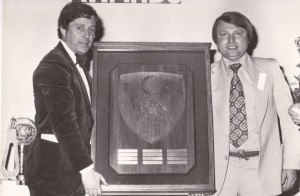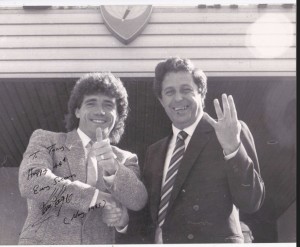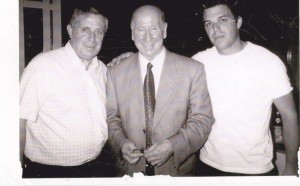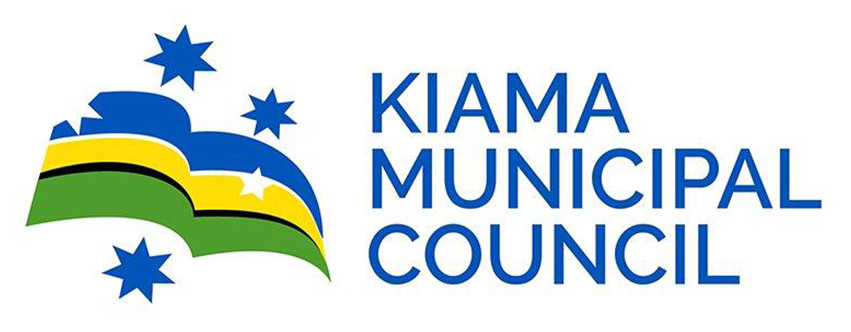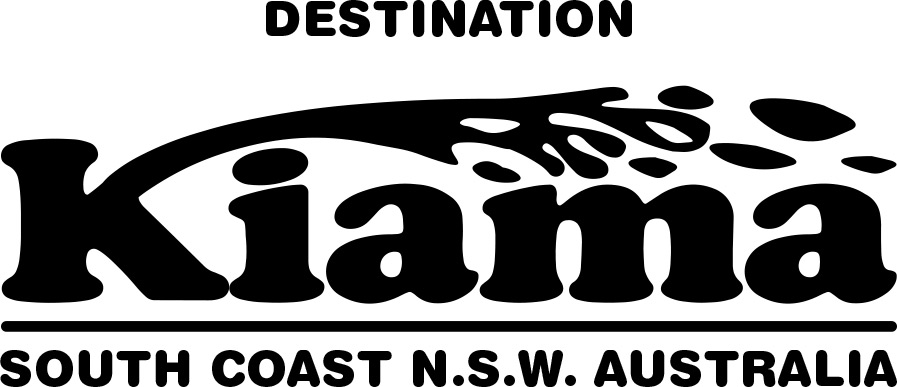1979 – Marconi NSL Champions
There would be few people in Australian football who could match the longevity and passion for the game that Tony Labbozzetta has exhibited in the last fifty years.
His main appointments included fifteen years as Marconi President, twelve years as NSL Chairman and three years on the Board of Football NSW.
The game has evolved in this time but Labbozzetta firmly believes a lot more work has to be done for it to achieve its rightful place in the Australian sporting landscape.
He is a strong advocate for recognising the past contributions of people and strongly recommends the current administration should draw on their expertise.
In this interview with Roger Sleeman, Tony Labbozzetta espouses his views on the current administration, how the game can learn from the past and where it should be heading in a competitive market place.
ROGER SLEEMAN
What are you current thoughts about the state of Australian football?
TONY LABBOZZETTA
Despite the temporary euphoria for the World Cup, the game is stagnant with the retention of the ten team A- League quota.
The game has become broader with the drift from the ethnic to community base but even after the Crawford Report and Frank Lowy’s return, the game still hasn’t been developed and promoted properly.
R.S.
What is your current involvement in the game, if any?
T.L.
Some people would call me a “dinosaur” because the current administration has ignored former officials like me for the last fifteen years.
In the eyes of the FFA we don’t exist and although we were pioneers of the game, we have become the “forgotten class”.
When you consider that our contribution to the game was paramount in putting football on the map, it’s akin to criminal treatment as the consideration of the past is non-existent.
This is a severe indictment on the management of the game.
R.S.
In 1986, Frank Lowy believed he could advance the game by taking over power at the top but was unsuccessful. Subsequently, Sydney City was withdrawn from the NSL after the first round of the 1987 competition.
Can you recall the events at the time?
T.L.
Lowy was there with Alex Pongrass from St. George at the start of the NSL in 1977.
He was the first chairman of the NSL until he resigned in September, 1981 and vacated the game until his return in 1986 when he failed in his attempt to become chairman.
Sam Papasavas became chairman and I was elected as vice-chairman.
In the early part of 1987, Lowy had a severe disagreement with the NSL and despite the protests of Sydney City board member, and well known football identity, Andrew Lederer, he wanted to pull the club out of the NSL for financial reasons.
The rest is history as March 29th, the first round of the season, was the last time Sydney City played professional football in a national competition.
R.S.
Despite this unparallelled event in Australian football, you were responsible for approaching Frank Lowy to make a return to the game in 2001.
Why did you do this, and in hindsight was it the right move?
T.L.
In 2001, I was successful in standing for the Chair of Soccer Australia but I believed the game was lacking profile and was convinced somebody like Lowy could contribute to a change in the situation.
I invited him to come to a match in the Oceanian qualifiers against New Zealand which he duly accepted, bearing in mind it had been fourteen years since the demise of Sydney City and Lowy’s involvement with the game.
I thought we could ask him to be chairman of Soccer Australia in a non-voting position and he was initially reluctant. However, he agreed to the suggestion on the condition he could become Australia’s delegate to FIFA.
The proposal was taken to the Board and the majority agreed Lowy could enhance the development of the game given his clout in the corporate world and government circles.
Given my recent experiences with the hierarchy, maybe I shouldn’t have gone near him.
1985 – Tony with Kevin Keegan
R.S.
In June, 2000, thanks to former Socceroo John Doyle, I did the first one on one in Australia with Tim Cahill.
At the time, Tim’s family was concerned he would never represent Australia at senior level because he’d made only one appearance as a fourteen year old with Samoa at youth level.
You’ll recall the phone call I made to you the day after the interview advising you of Tim’s plight.
Many people have claimed credit for reversing the situation, including a number of media people.
Can you relate the truth of this matter?
T.L.
Ian Holmes at Soccer Australia received documents from Tim’s family to support an application for FIFA to allow Tim to play for Australia.
Also, John Constantine, the Soccer Australia chairman at the time, asked me to talk to Sepp Blatter and subsequently we were successful in gaining Tim’s registration as an Australian player.
Certainly, the media assisted in the cause through their publicity and support but it was Soccer Australia who made it happen.
R.S.
How can we destroy the myth perpetuated by the current administration that the game only started in 2005?
T.L.
The people who were part of the post war migration should be thanked and recognised for boosting the growth of the game.
I arrived in Australia during 1955 and witnessed the contribution of the state federations.
Through the 60’s and 70’s, enormous strides were made in the professional game, leading to players performing at the highest level, with many going overseas in the 80’s and 90’s.
The hierarchy of today doesn’t listen to their predecessors and doesn’t respect the proposition that without a past, there is no future.
It was the past that led to the transition which has progressed our game to where it is today.
R.S.
What is your evaluation of the FFA administration?
T.L.
In my day we received $2,500,000 per year to fund our youth and national team programs. Now the FFA receives substantial funds from Fox Sports and government funding.
It has been alleged that up to ninety million dollars was spent on the World Cup bid and you would say that Frank Lowy with all his connections and yacht invitations could’ve achieved more than one vote.
There should’ve been an inquest as to how the money was spent on the failed bid, because in my time, we would’ve been crucified by the media.
2000 – Tony with Sir Bobby Charlton and his son Attilio at Sydney Olympics
R.S.
Unlike other sports, the administration of our game has many people in it who never kicked a ball and have no real passion for the sport.
When are we going to involve people who have the right credentials, particularly the former players?
T.L.
With an estimated last count of 105 employees at the FFA, and senior executives being paid exorbitant salaries with no link to performance, there is a big question mark next to the game.
The game cannot sustain the current uncontrolled spending and the money should be redirected into youth development immediately.
The process of introducing more football people into our administration under the current setup is a vexed question because every “Johnny Come Lately” jumped on the bandwagon when Frank Lowy returned to the game.
Critically, there has to be a mass movement of former players and football supporters and greater involvement and leadership from the PFA to influence change in the present situation.
R.S.
You’ve been associated with the Marconi Club for fifty years.
What is your impression of the current state of the club, and do you have any ambitions to become actively involved again?
T.L.
The club has its challenges but the underlying issue is the absence of ambition to grow the football business.
There doesn’t appear to be a great interest to take the game to a higher level, and certainly not the A-League.
I suspect there is lack of confidence and an emphasis on people looking out for their own interests which limits the club’s ambitions.
I would love to see the club be part of a National 2nd Division but I can’t see the current Board sharing this objective.
Recently, I was invited to join a focus committee to examine the future of the club and I suggested the club should invest in Western Wanderers with the Marconi Club being used as the licensed home of the club.
I suggested an initial investment of $40,000 would be appropriate and the club could be called the Western Stallions.
R.S.
How do you rate the performance of the current Marconi president, Vince Foti, and would you stand against him in the next election?
T.L.
Foti first joined the board in 2001 when I was Chairman but the sad fact is, he has no great interest in football.
Nevertheless, the club at least is back in NPL 1 and maybe things might change, but I will not be nominating for President at the next AGM.

